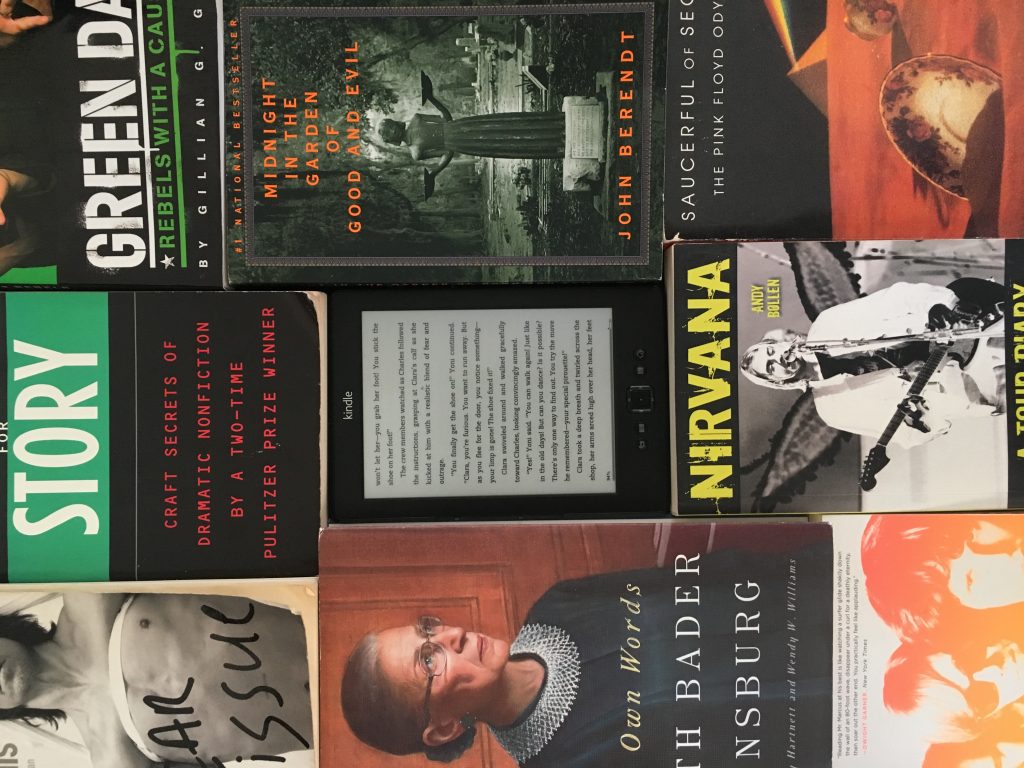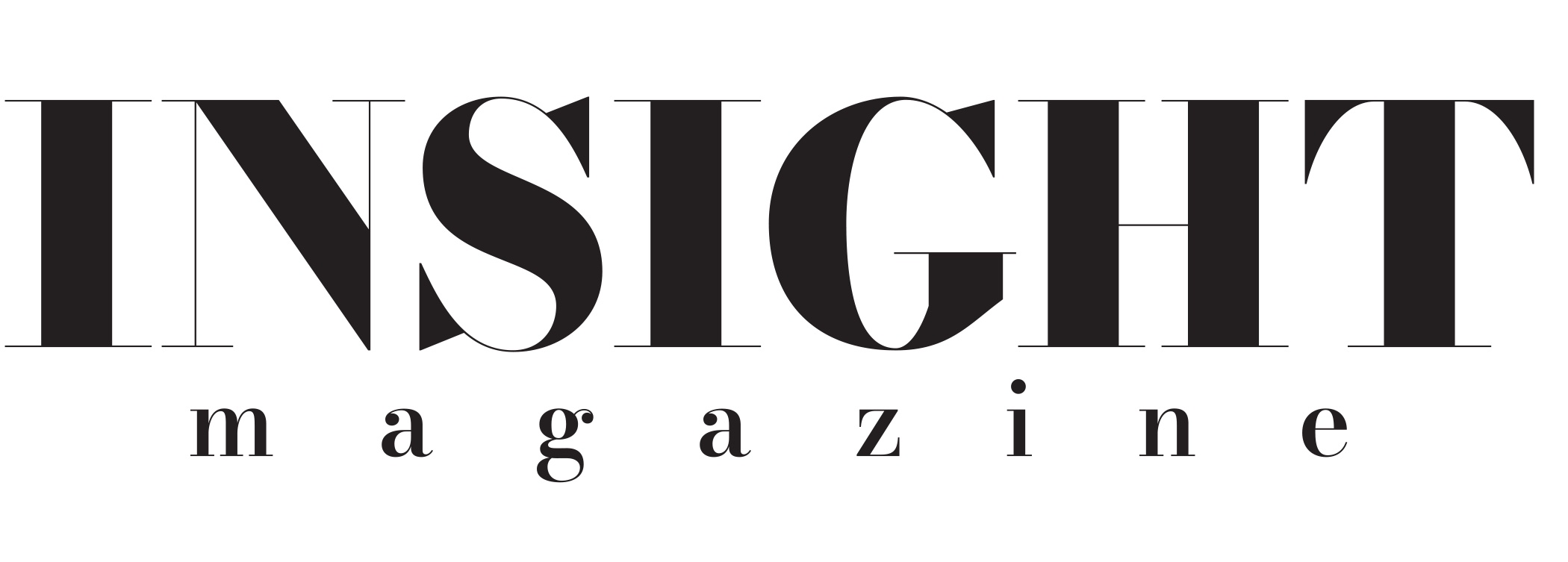
Picking up a book can take so little effort, yet the process of writing may have taken a lifetime of determination. The process of writing a book takes immense focus, but actually getting the book published requires perseverance. The steps are numerous and tiresome.
A disclaimer to remember is that every publishing procedure is, and will be, different. This article is just a collection of tips, tricks, and opinions to help give ideas and inspiration for book writing.
There are various routes of publishing: mainly self-publishing and trade publishing. Knowing more about the industry helps to gain footing in the publication process.
Self-publishing involves the work being published by the author themself, instead of a publishing company.
Recently, Amazon Kindle has opened up their own route of self-publishing by allowing their members to use Amazon Kindle Direct Publishing to upload digital copies of their own book. This process is completely free and allows blooming writers to push their work out into the online world for millions to read, while also giving the author a chance to earn royalty income.
While self-publishing gives the author more reign over decisions about their book, the book will have fewer sales due to only being exposed to a smaller book market.
Trade publishing is the traditional form of publication that society is most familiar with.
There are five top traditional publishing companies in the industry. They are Hachette Book Group, HarperCollins, Macmillan Publishers, Penguin Random House, and Simon and Schuster.
It is very difficult to be accepted by these large companies right off the bat. The pros and cons of trade publishing is directly opposite of self-publishing. Trade publishing allows the book and author to have more prestige, but the author loses a lot of their control over the product.
Upcoming authors can also attract attention for themselves and their work by creating a media platform, according to the Balance Careers. By building blogs, social media pages, and more, authors can gain more recognition for their brand from the public and from publications. The more well known an author is, the more likely a publisher will work with them.
Sending in work to publishing companies may seem like an easy task, but the stress that follows afterwards is daunting. To catch the publisher’s eye, a book proposal or manuscript has to be nearly perfect. A minor flaw, as seen in the work by the author, might derail the proposal for the publisher.
Experts in the writing business have an ever changing list of tips and tricks they have gathered. One of the morals an author must keep when undergoing this process is keeping their individuality. By compromising too much with their publisher, the writer loses their own creative touch in their work.
A writer should expect rejection when sending out their proposals, but they should not let it discourage them. Being rejected should be viewed as a learning process where an author can look at their work and analyze why it was vetoed.
A common mistake in the business is thinking an author must have a literary agent in order to get published. While it is definitely helpful for building credibility and status, a writer doesn’t need a literary agent to become successful.
The most basic necessity for proposing a book or even writing one is to use clear communication. An author must be able to get their point across in their book poetically without confusing their readers.
After publication, an author might face judgement surrounding their work. Criticism may be taken harshly, but it is better to use it as feedback for the next time. Analyzing these harsh comments about your work can show you what to avoid for your next work.
Being an writer may seem to be a fun way to make a living, but it takes a lot of living to become a great author. It is a constant learning process that never ends no matter how established that author may be.
